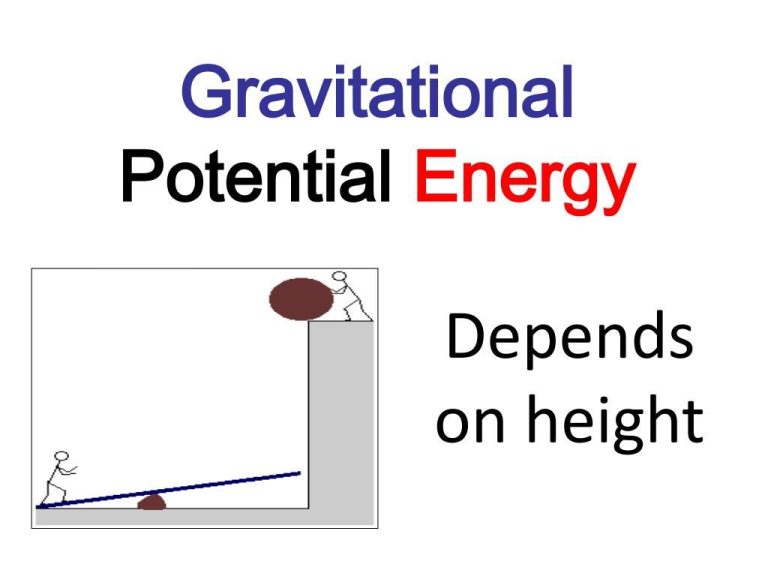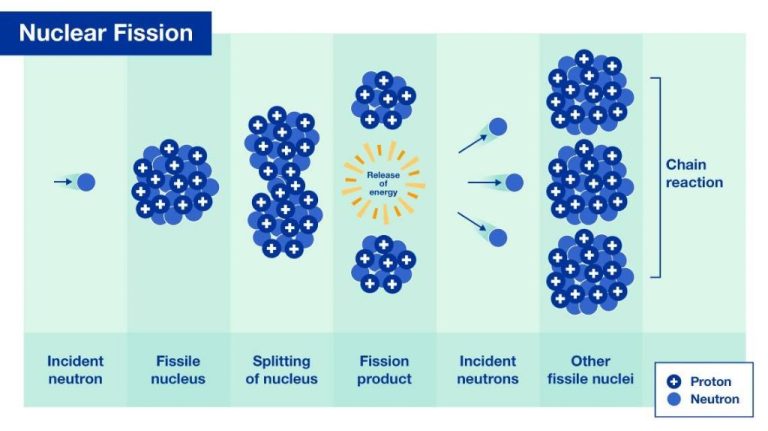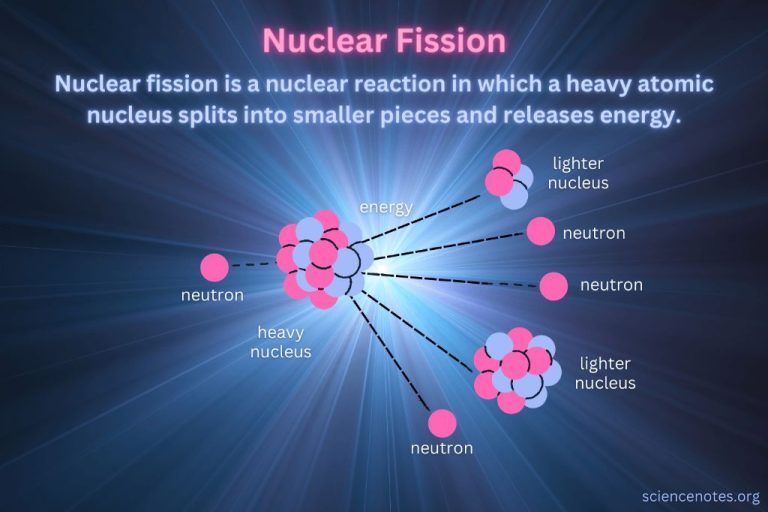What Is Light Considered To Be?
Light is a form of electromagnetic radiation that is visible to the human eye. Electromagnetic radiation consists of oscillating electric and magnetic fields that propagate through space carrying energy. The wavelength of visible light ranges from around 380 to 700 nanometers.
Light exhibits properties of both waves and particles. As a wave, it can be characterized by wavelength, frequency, amplitude, and speed. But light also demonstrates particle-like behavior, carrying energy in discrete packets called photons. This wave-particle duality is a fundamental concept in quantum physics.
Wave-Particle Duality
Light exhibits properties of both waves and particles. As a wave, light can be described by a wavelength and frequency. It propagates through space and can interfere with itself via superposition. As a particle, light travels in discrete packets called photons that carry energy and momentum. This dual wave-particle nature is known as wave-particle duality.
Evidence for the wave properties of light include interference and diffraction patterns that are characteristic of waves. On the other hand, the photoelectric effect demonstrated that light carries energy in quantized amounts, supporting the particle properties. Modern quantum mechanics resolves this apparent paradox by describing light as neither solely a wave nor particle, but rather having characteristics of both depending on the measurement context.
Understanding light as having both wave and particle properties was revolutionary, overturning Newton’s corpuscular theory that light consists of particles only. Wave-particle duality is a central concept in quantum mechanics, applying not just to light, but to all quantum particles. The deep implications of this counterintuitive idea led to the development of modern physics in the early 20th century.
Speed of Light
The speed of light in a vacuum, commonly denoted c, is a universal physical constant that is important in many areas of physics. Its value is exactly 299,792,458 meters per second, or about 186,282 miles per second. It is the maximum speed at which all energy, matter, and information can travel in the universe.
Light travels at this speed in a complete vacuum regardless of the motion of the source or the observer’s reference frame. In any medium other than a complete vacuum, such as air or glass, the speed of light is lower than c. The ratio between c and the speed of light in a material is called the refractive index of the material.
Albert Einstein determined that the speed of light is an absolute physical constant and is independent of the motion of the light source in his theory of special relativity. This constancy of the speed of light led to profound consequences for physics, including the equivalence of mass and energy described in Einstein’s famous equation E=mc2.
Reflection and Refraction
When light hits a smooth surface, some of the light is reflected and some is refracted (bent). The angle at which light hits the surface determines how much light is reflected versus refracted. This is described by Snell’s Law, which states that the ratio of the sines of the angle of incidence and refraction is equivalent for a given pair of media. The amount of light transmitted versus reflected depends on the refractive indices of the two media.
Reflection occurs when light bounces off a surface and does not enter the second medium. The angle of incidence equals the angle of reflection. Reflection can be either specular (mirror-like) or diffuse (scattered), depending on the nature of the surface. Smooth surfaces like glass produce specular reflection, while rough surfaces like paper lead to diffuse reflection.
Refraction refers to the bending of light as it passes from one medium to another, such as from air to glass. This occurs because light travels at different speeds in different media. As light moves into a denser medium like glass, it slows down and bends towards the perpendicular. When moving into a less dense medium like air, light speeds up and bends away from the perpendicular. This bending effect allows lenses to focus light.
Dispersion
Dispersion is the phenomenon where light separates into its component wavelengths or colors. This occurs because the speed of light depends slightly on wavelength, with shorter wavelengths (violet and blue) traveling slightly faster than longer wavelengths (orange and red). As white light passes through a prism or raindrops, the colors become separated and spread out into the familiar rainbow spectrum.
Dispersion explains how prisms work to break light into a rainbow of colors. As white light enters a prism, the glass slows the light down, but it slows down the longer red wavelengths more than the shorter violet wavelengths. This causes the light to spread out into a continuous band of colors from red to violet. Dispersion in raindrops leads to the formation of rainbows, as sunlight enters each spherical drop, reflects internally, and exits in different directions depending on wavelength.
The amount of dispersion in a material is described by its dispersion coefficient. Materials like glass and water have higher dispersion coefficients, while vacuum has no dispersion. Dispersion is utilized in optical applications like prisms and spectrometers to split light for analysis according to wavelength.
Absorption
Light absorption refers to the process by which photons, the particle aspect of light, are absorbed by matter. When light shines on an object, some of the photons may be absorbed while others are reflected. The photons that are absorbed are taken in by the atoms and molecules of the material.
The absorption of light happens because the energy levels of electrons in atoms and molecules are quantized, meaning they can only exist at specific energy levels. When a photon hits an atom, if its energy matches the difference between two permitted energy levels of an electron, the electron can absorb that photon and jump to the higher energy level.
Different materials show selective absorption based on their molecular or atomic structure, absorbing only specific wavelengths of light. This selective absorption of certain colors gives materials their perceived color. For example, a red apple absorbs all visible wavelengths except red, which is reflected to our eyes. Absorption spectrum analysis is widely used in physics, chemistry, and astronomy to identify elements and compounds.
When matter absorbs light, the photon energy may go into heat, chemical energy, or re-emission as another photon. The study of light absorption helps scientists understand the atomic and molecular structure of materials and their interactions with light.
Emission
Light emission occurs when energy is released in the form of electromagnetic radiation. All matter with a temperature above absolute zero emits light. This happens because atoms and molecules have quantized energy levels. When an electron transitions to a lower energy level, a photon gets emitted. The energy of the emitted photon corresponds to the energy difference between the two states.
There are many ways that electrons can be excited to higher energy levels. Common light sources like fluorescent and incandescent lights rely on electrical excitation. Lasers excite electron states through stimulated emission. LEDs use electroluminescence, where electron-hole recombination leads to light emission. Blackbody radiation is emitted by objects due to their thermal energy.
The spectrum of emitted light depends on the material. Hotter objects tend to emit shorter wavelengths according to Wien’s displacement law. Cooler objects like stars emit more longer wavelengths. Quantum effects control the discrete wavelengths of light that can be emitted through atomic electron transitions.
Scattering
Light scattering refers to the redirection of light after it interacts with particles, molecules, or other small objects. When light hits these objects, it changes direction and scatters. There are several different types of light scattering:
– Rayleigh scattering: This occurs when light scatters off particles much smaller than the wavelength of light. It explains why the sky appears blue, as blue light scatters more than red light from gas molecules in the atmosphere.
– Mie scattering: This refers to scattering off particles with diameters comparable to the wavelength of light. It explains the white appearance of clouds, as all wavelengths of light scatter relatively equally.
– Non-selective scattering: This happens when particle sizes are much larger than the wavelength. All wavelengths scatter equally, leading to white color.
– Raman scattering: An inelastic scattering process where energy is exchanged between the photon and molecule. It provides information on molecular structure.
– Brillouin scattering: Similar to Raman scattering, but involves interactions with phonons rather than molecular vibrations.
Scattering affects the direction of light propagation and can provide information about the scattering particles. It plays an important role in fields like atmospheric optics, biomedical imaging, and material science.
Polarization
Light exhibits the property of polarization, which refers to the direction that the light waves oscillate in space. Unpolarized light consists of light waves oscillating in all directions perpendicular to the direction of propagation. However, light can be polarized so that the light waves oscillate in only one direction.
There are a few ways to polarize light. One way is to pass unpolarized light through a polarizing filter, which blocks light waves except for those oscillating in one direction. Another way is reflection – light reflected off a non-metallic surface at a certain angle will become polarized. Light can also become polarized by double refraction through a crystal.
Polarization is useful for many applications. Polarizing sunglasses use polarized filters to reduce glare. Polarizing filters on cameras help enhance image contrast. In fiber optics, polarizing filters are used to transmit light efficiently through optical fibers. Analyzing the polarization of scattered light also helps astronomers study the nature of distant stars and galaxies.
Quantum Properties
One of the most fundamental quantum properties of light is that it consists of discrete packets of energy called photons. A photon is a quantized, elementary particle that is the quantum of electromagnetic radiation and carries electromagnetic force. This means that light energy is not continuous, but comes in discrete units or bundles called photons. The energy of a photon is directly proportional to its frequency according to the equation E=hf, where E is the energy, h is Planck’s constant, and f is the frequency.
This concept that light consists of photons with discrete energies helped explain phenomena that couldn’t be explained by classical electromagnetism alone. For example, this quantization of light successfully described blackbody radiation, the photoelectric effect, and the emission/absorption spectra of atoms. So in quantum theory, light acts as both a wave and a particle. The wave properties of light become apparent at large scales and high intensities, while particle properties are more obvious at the single photon scale.






